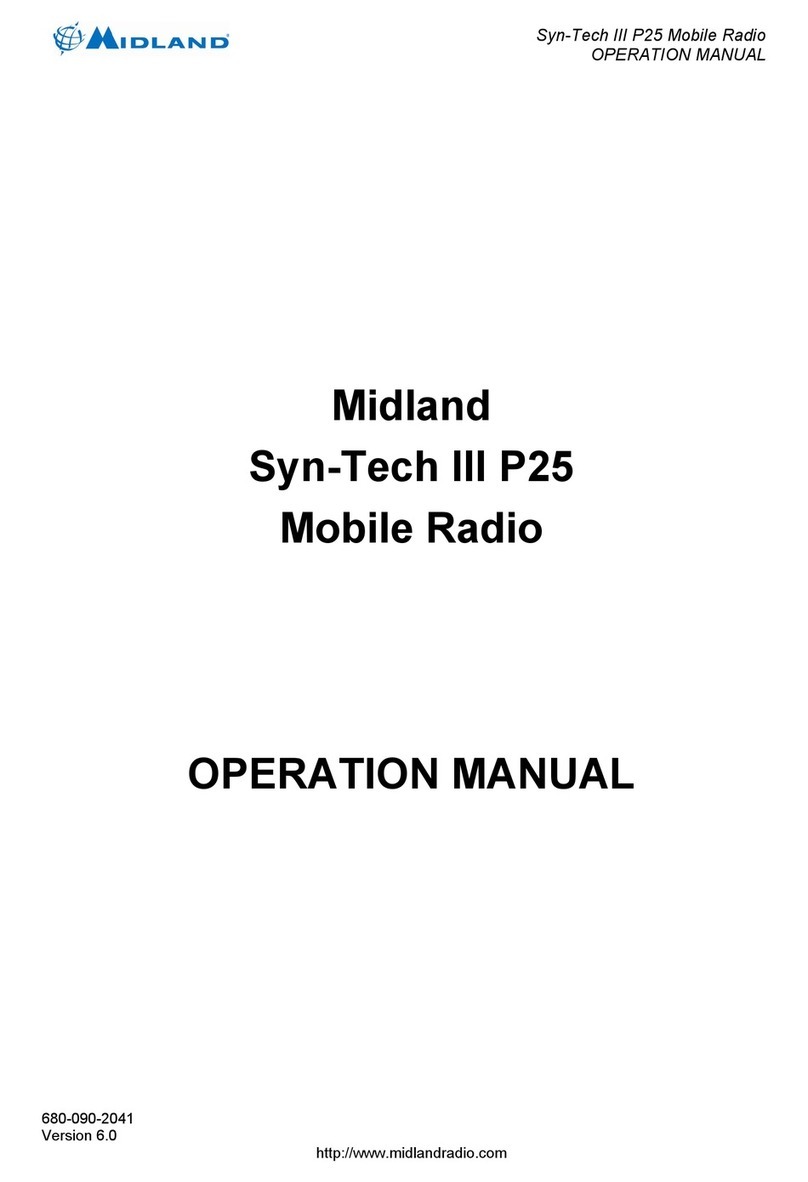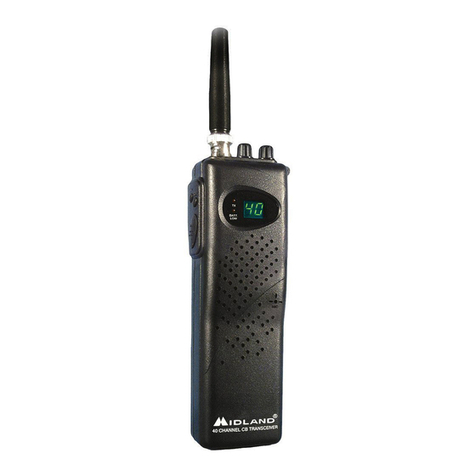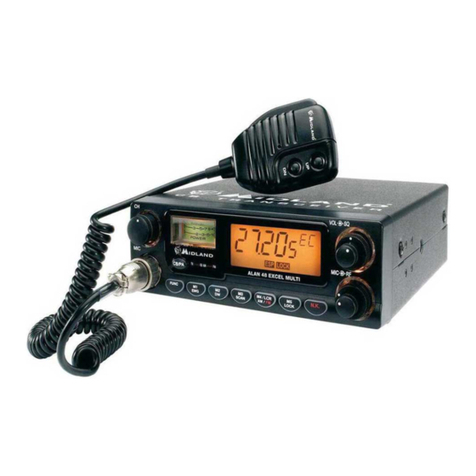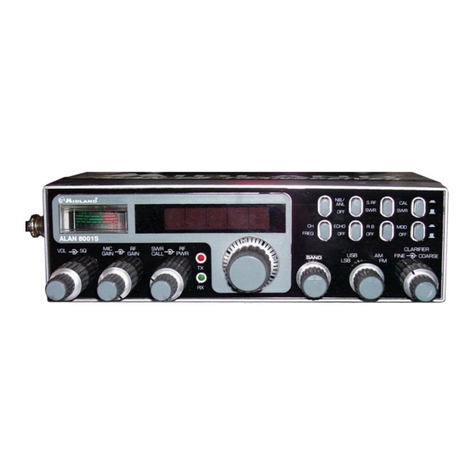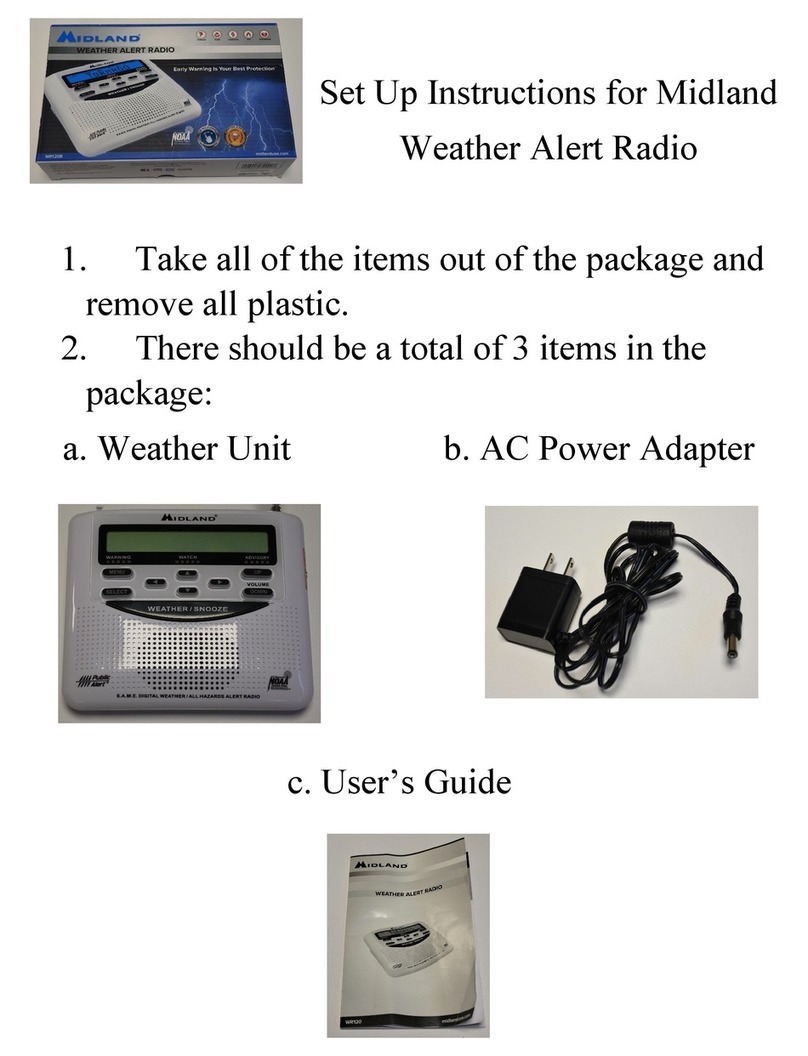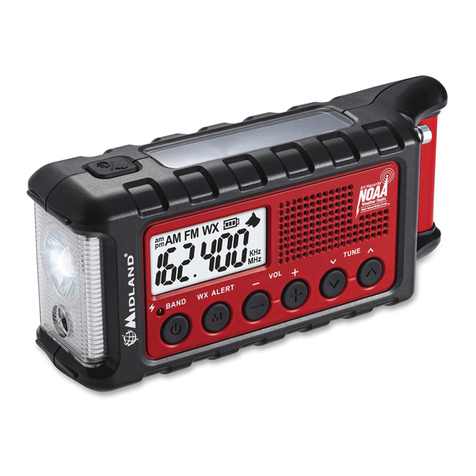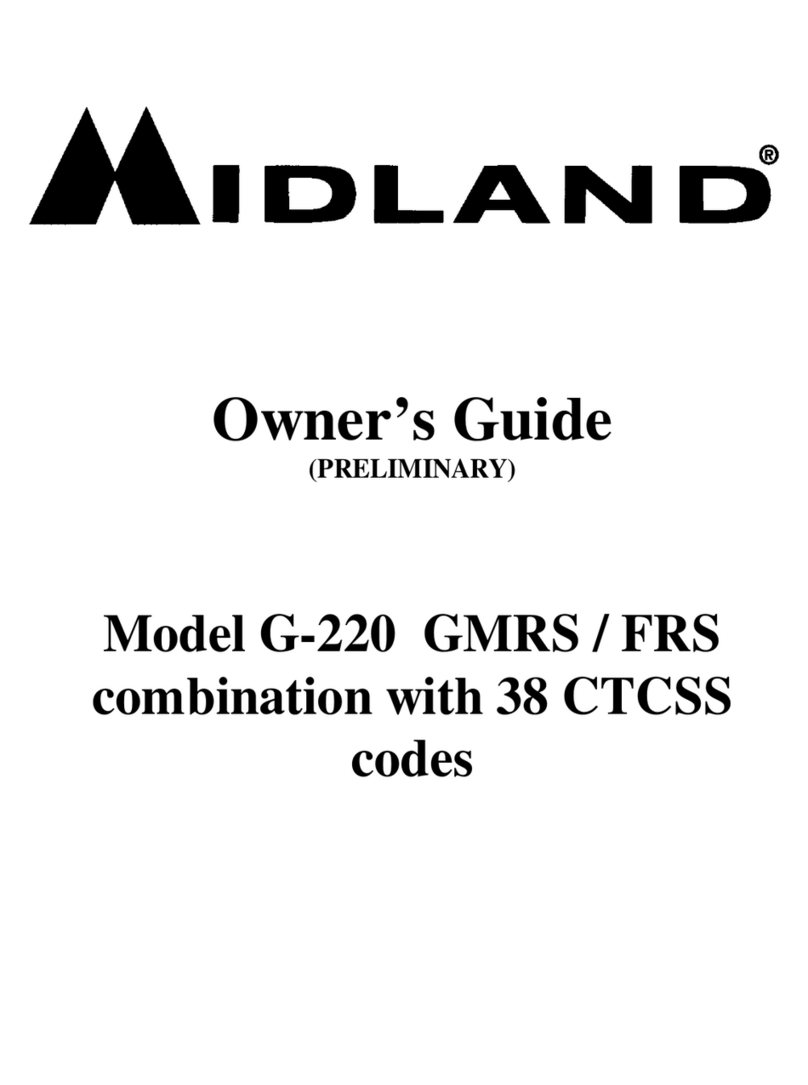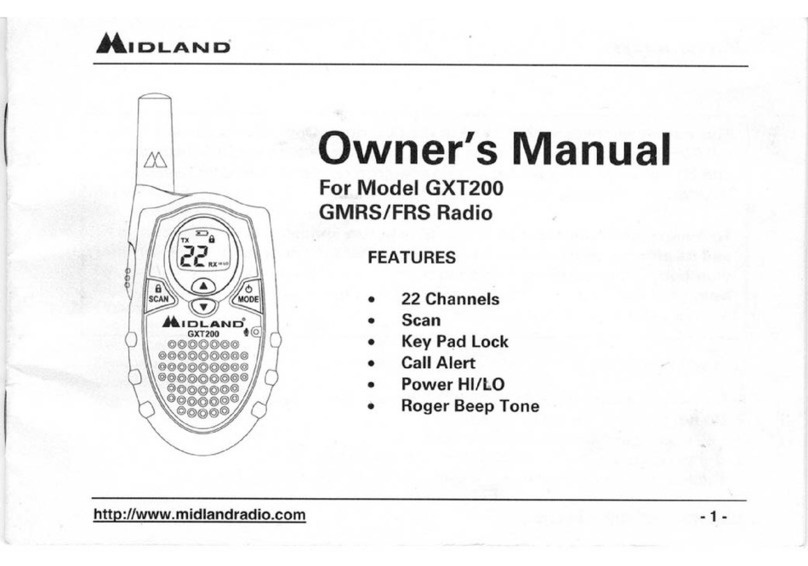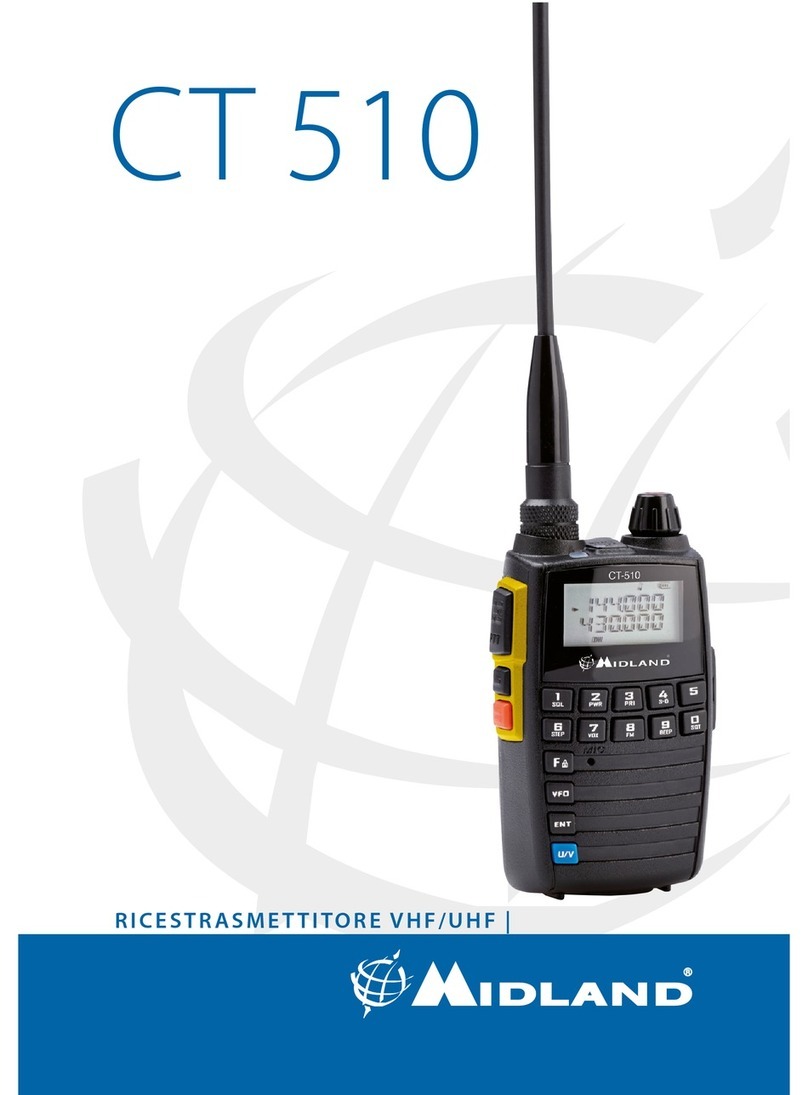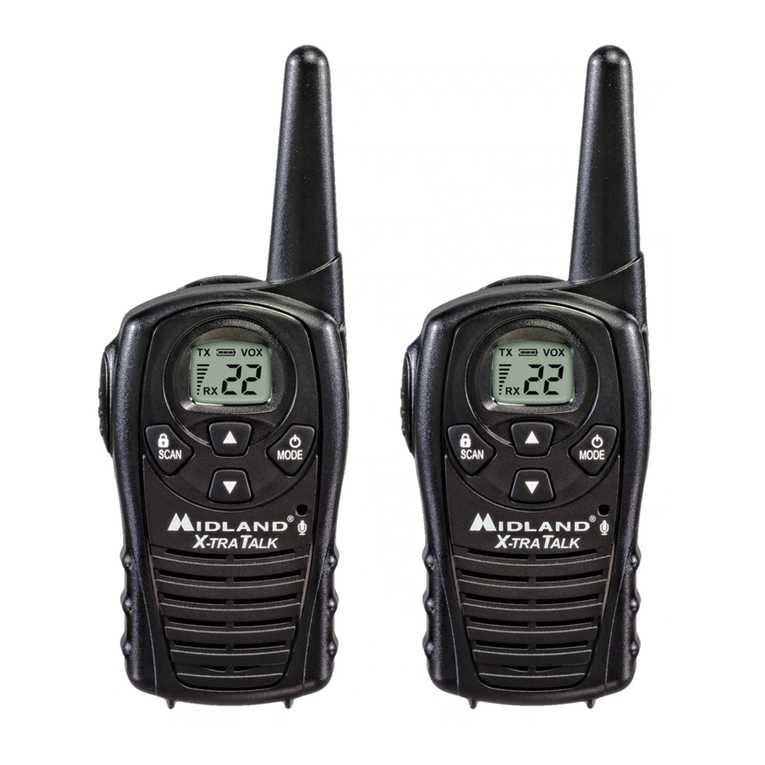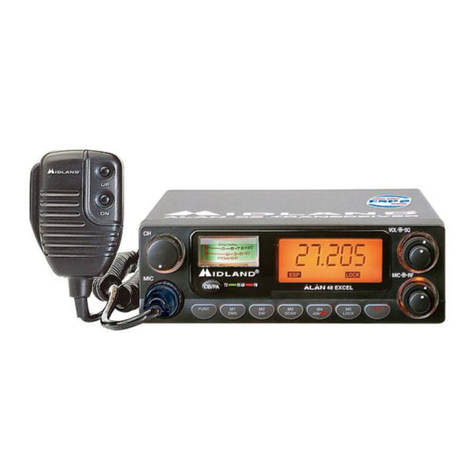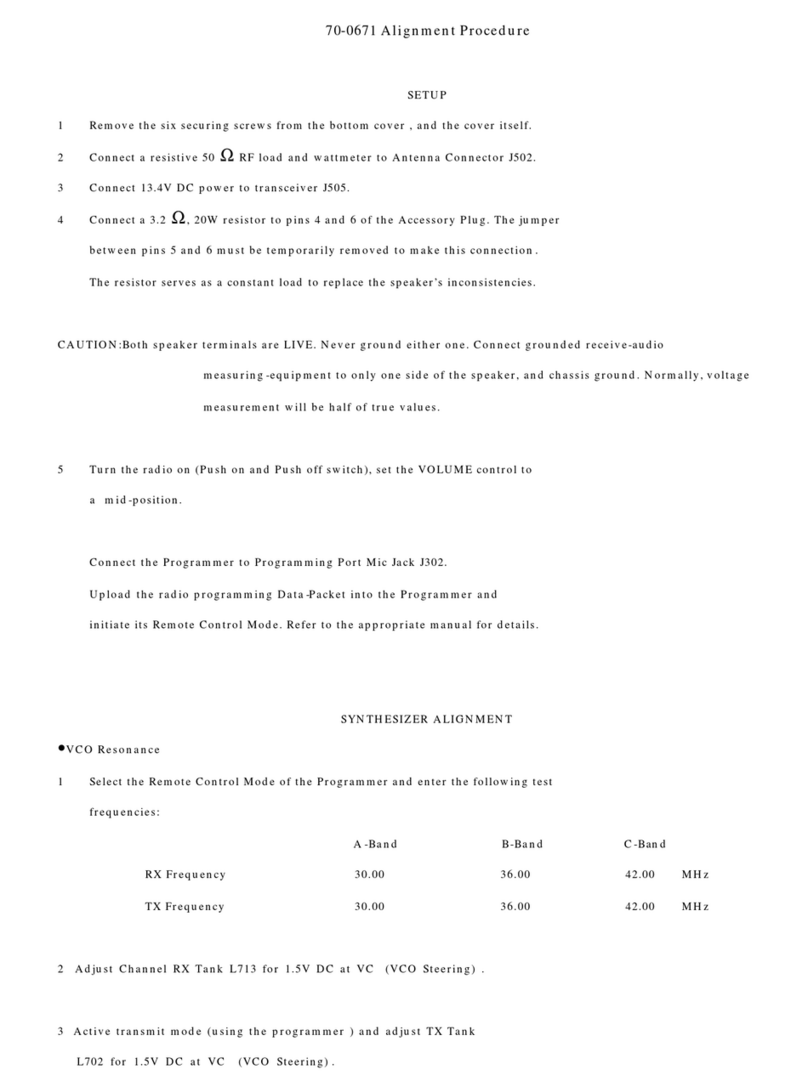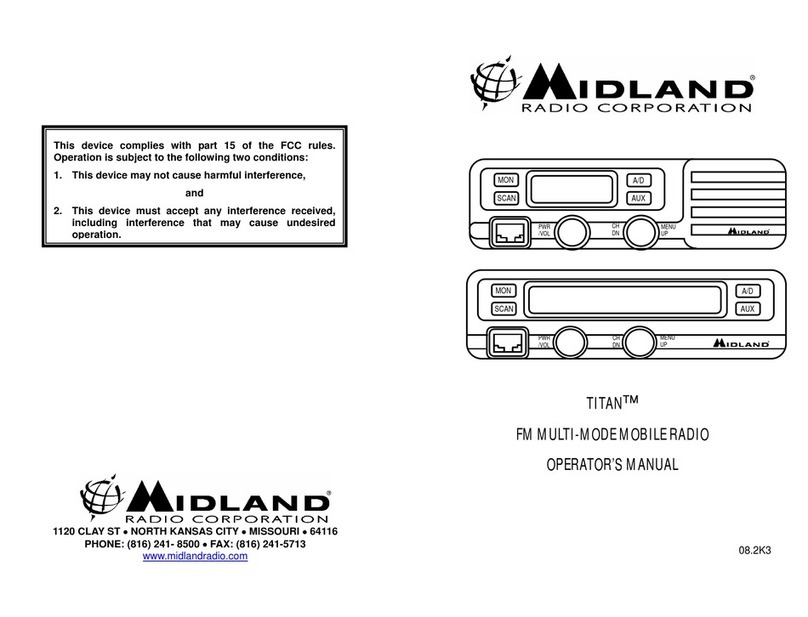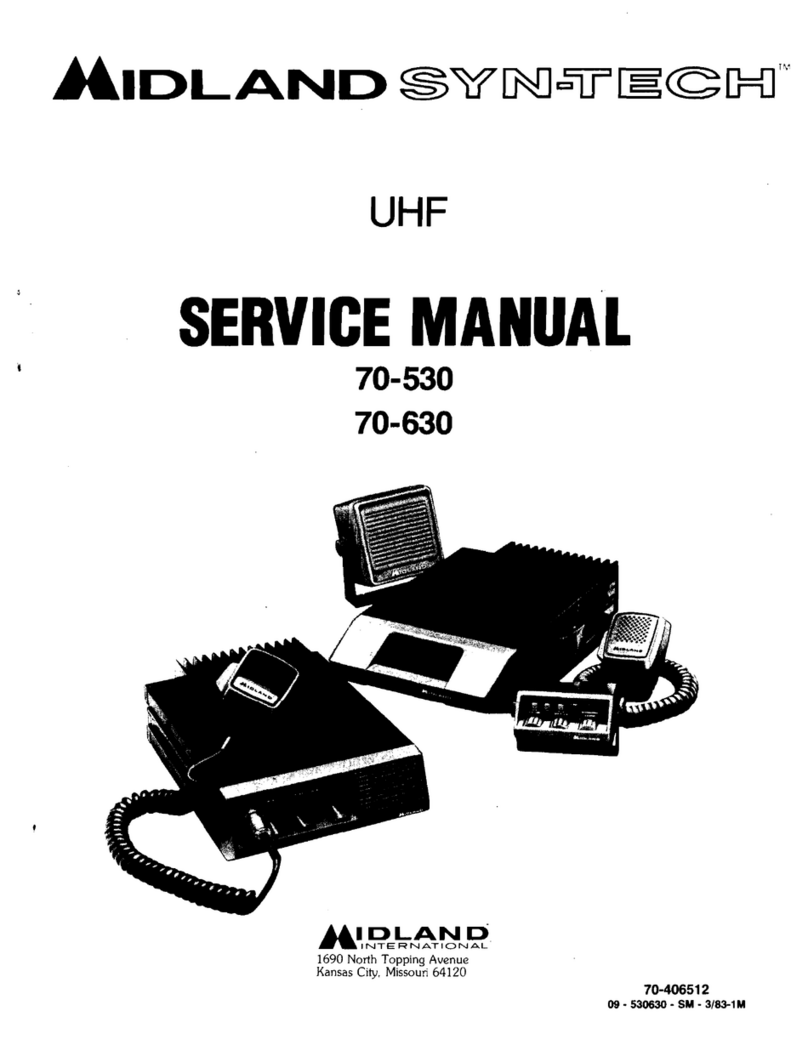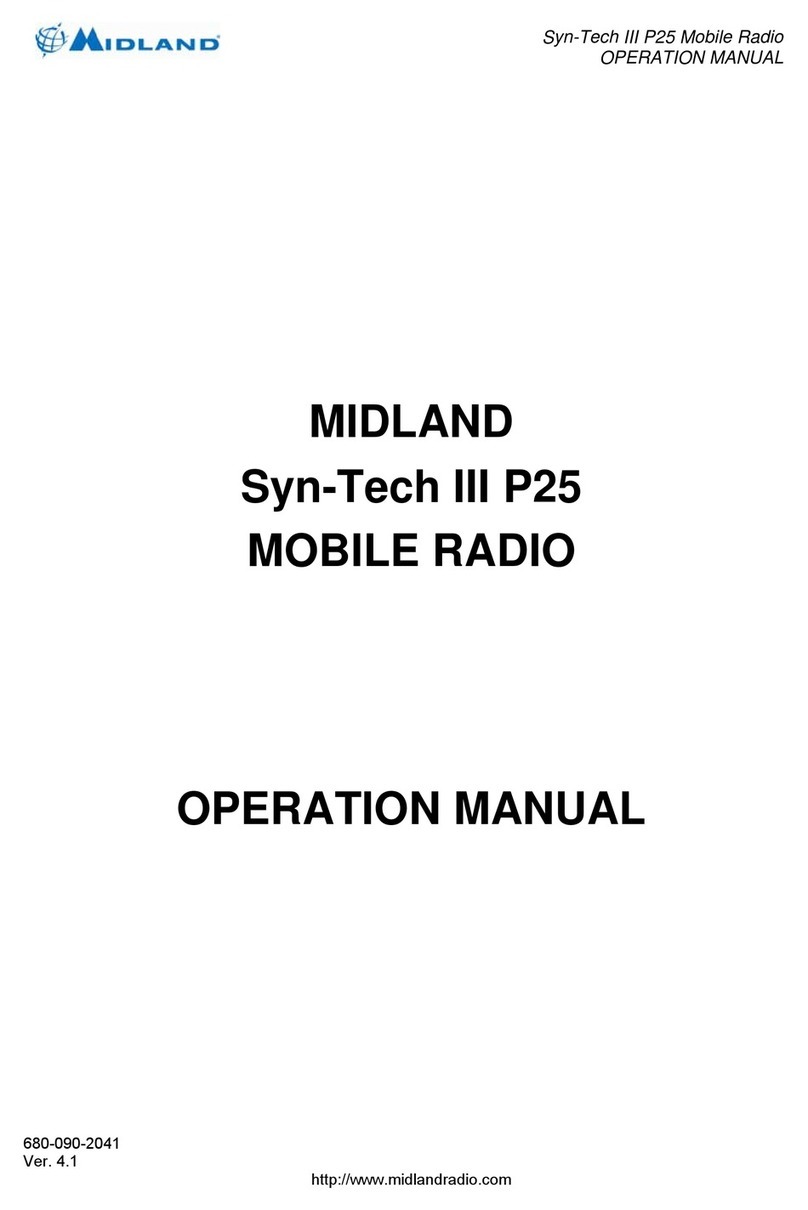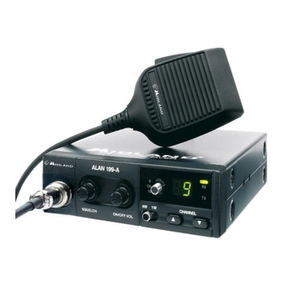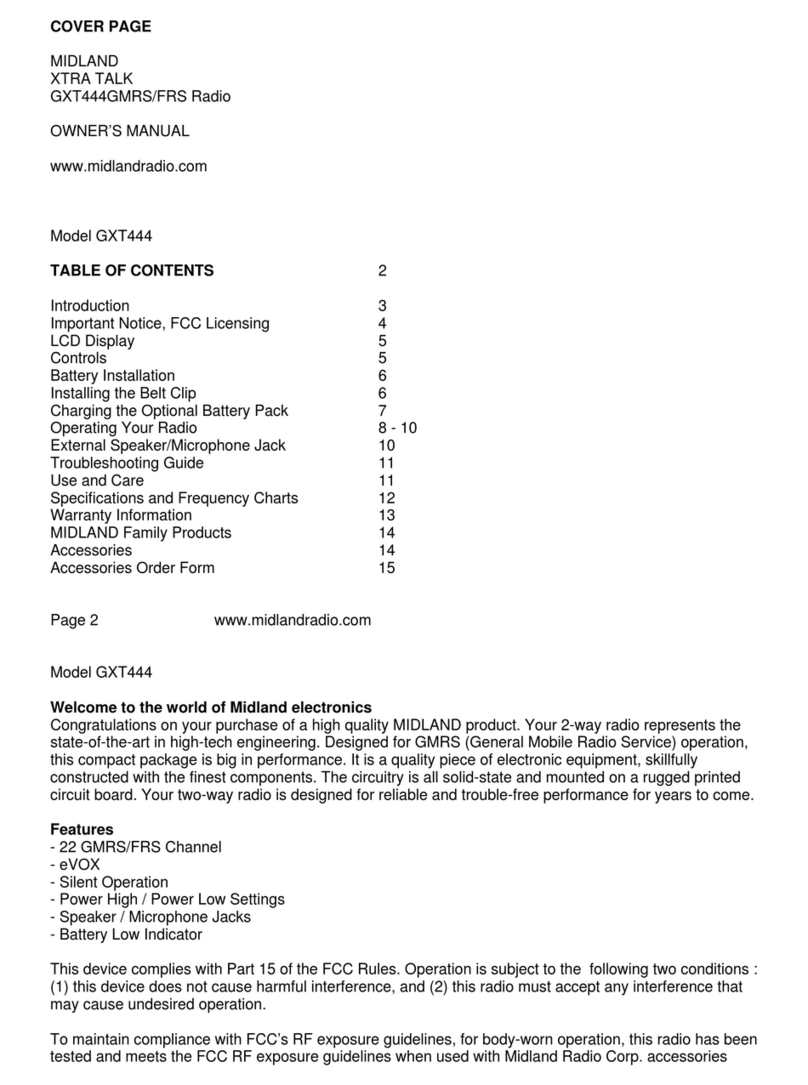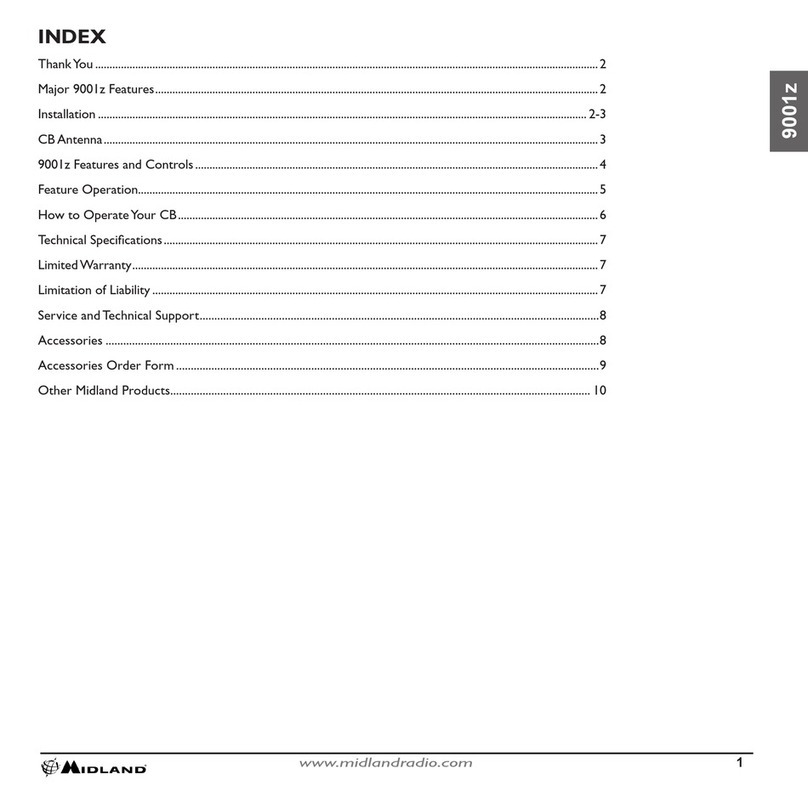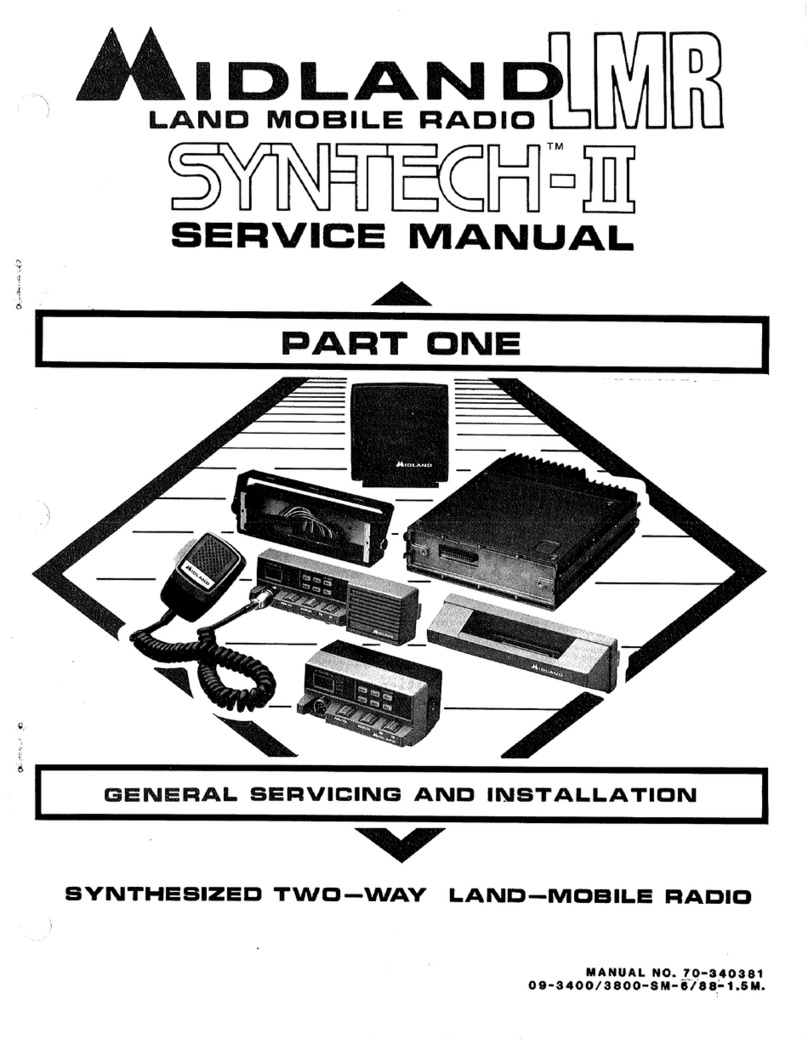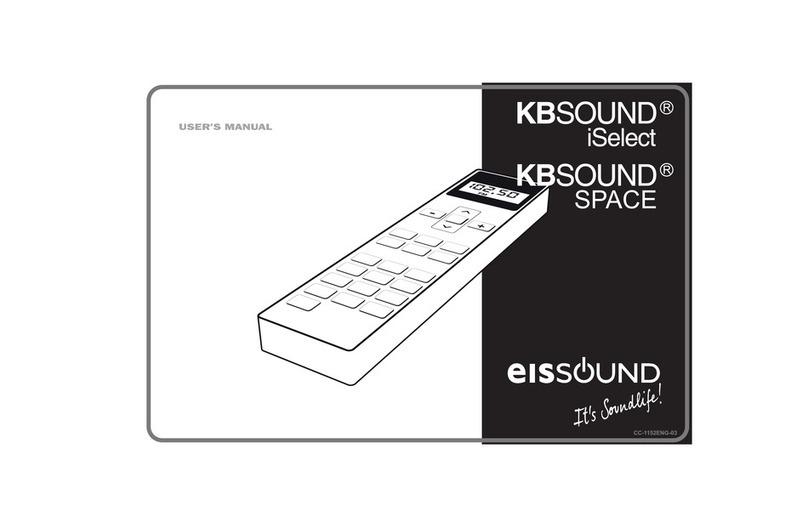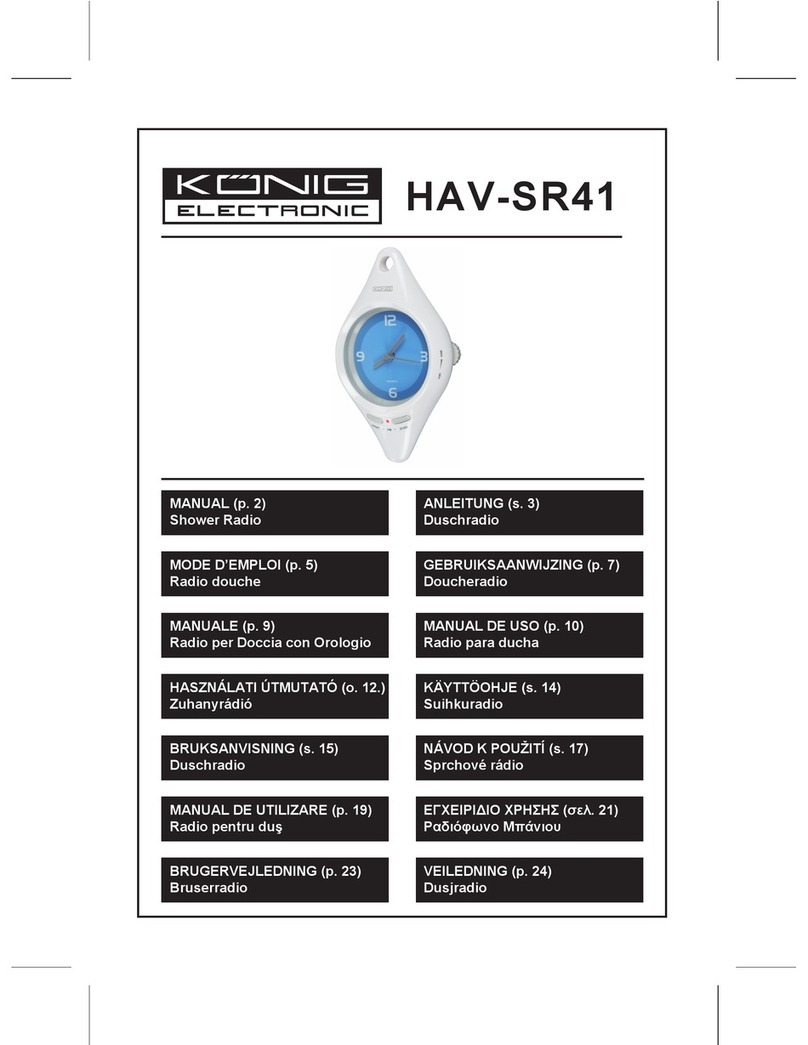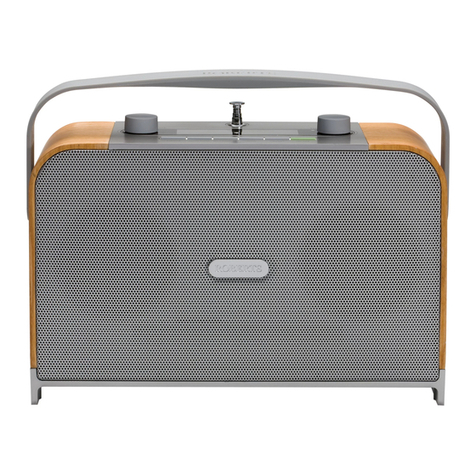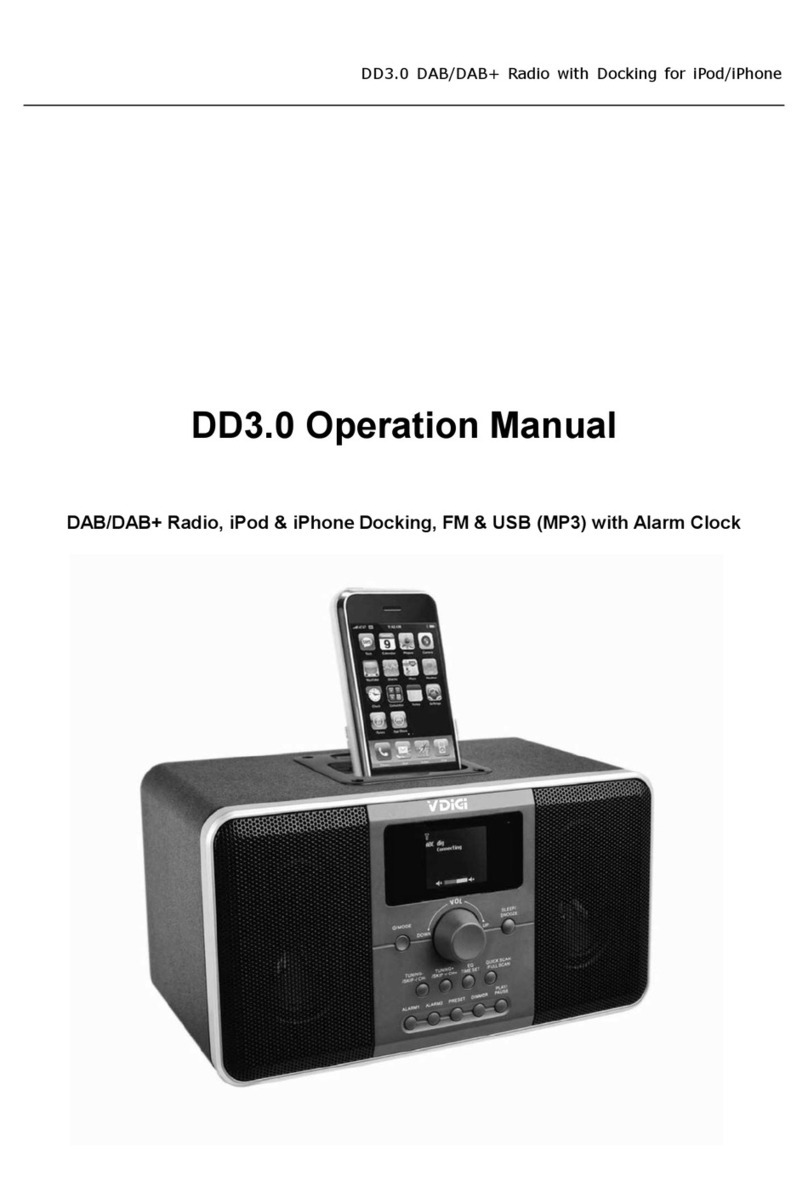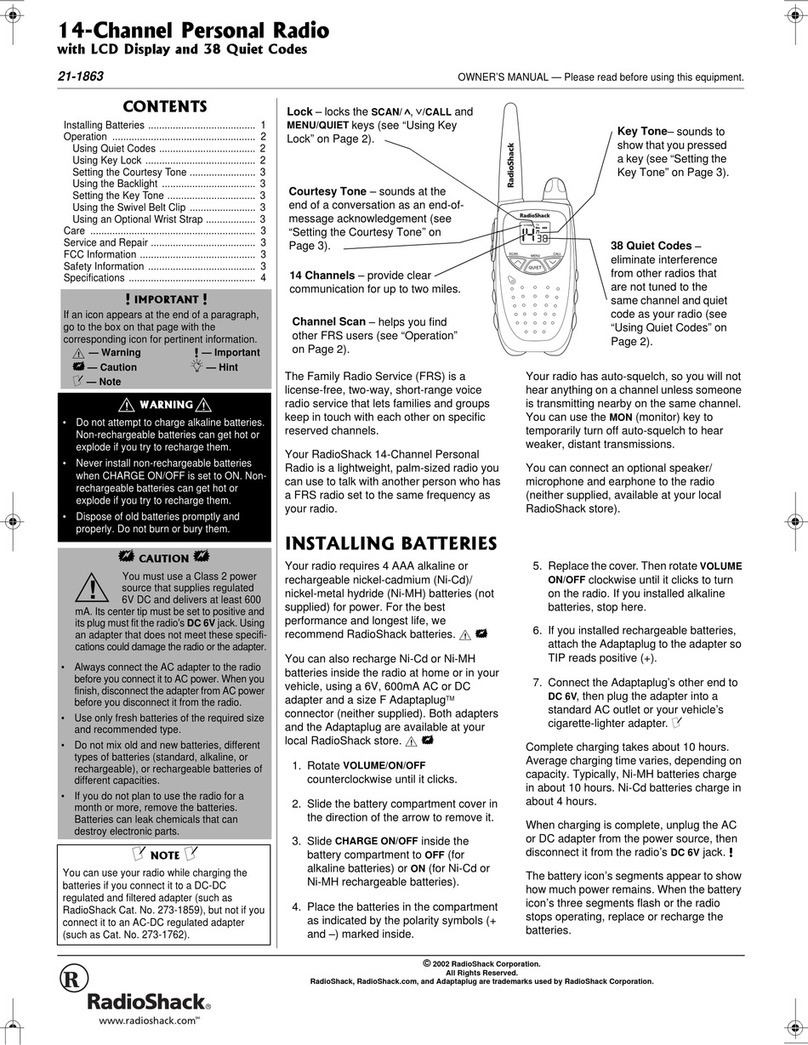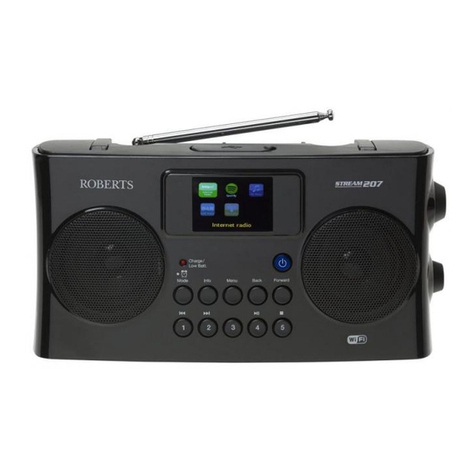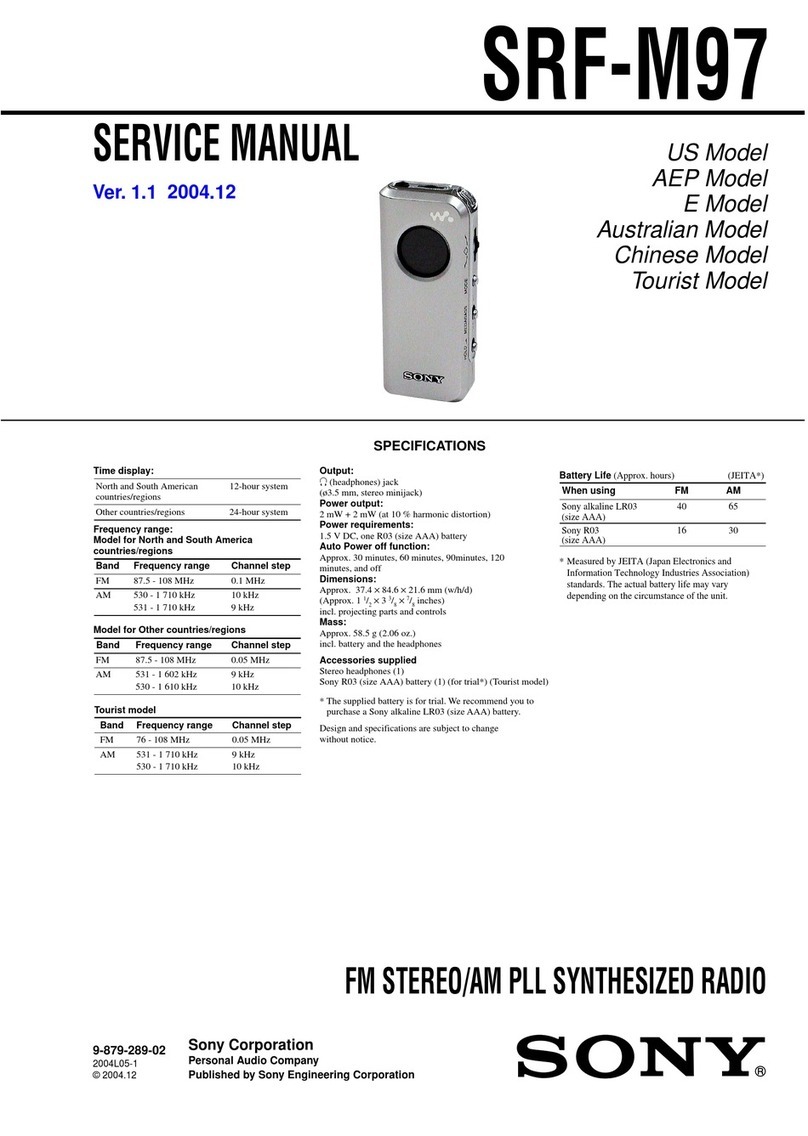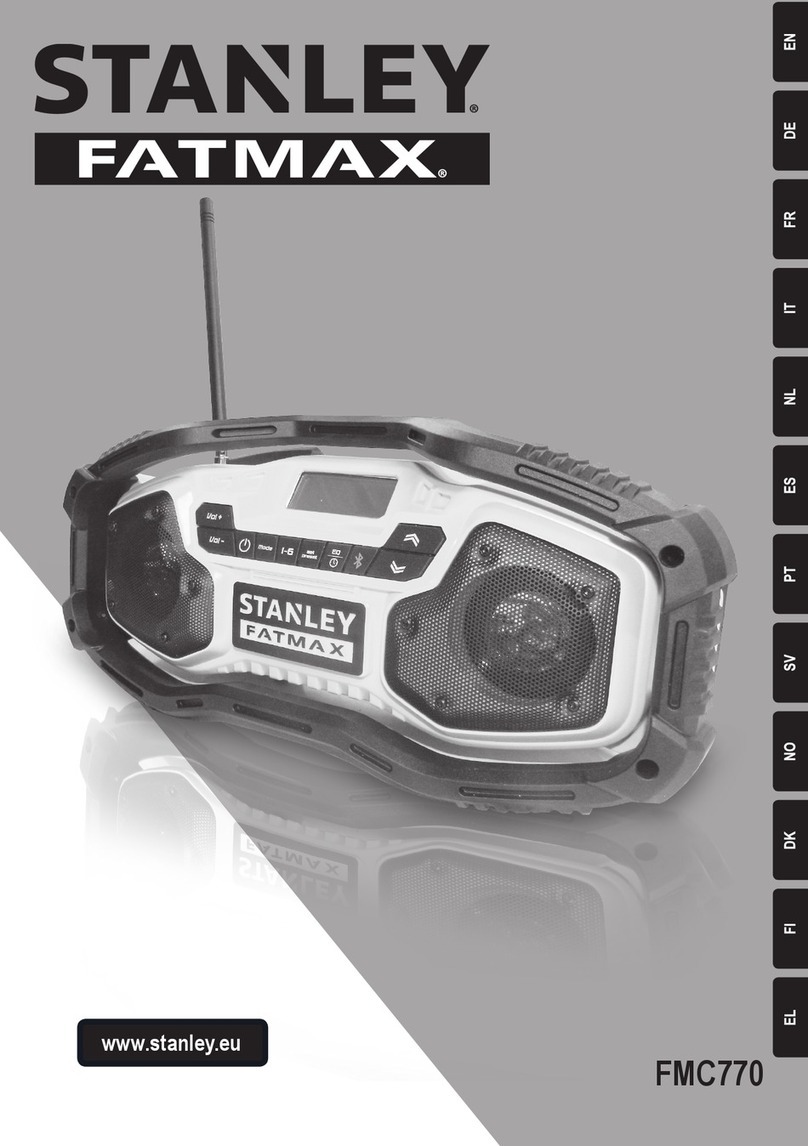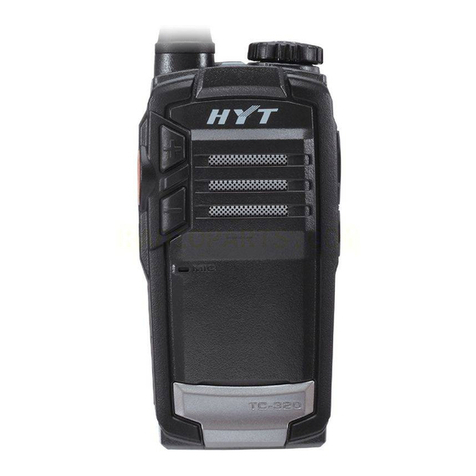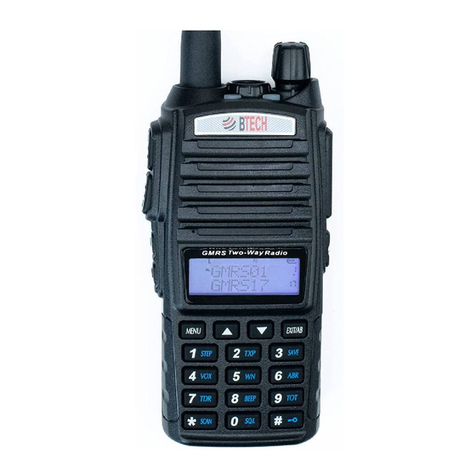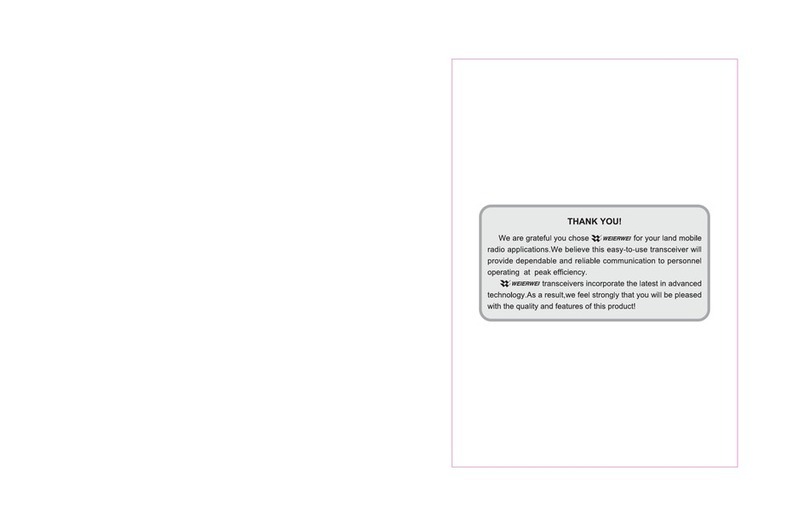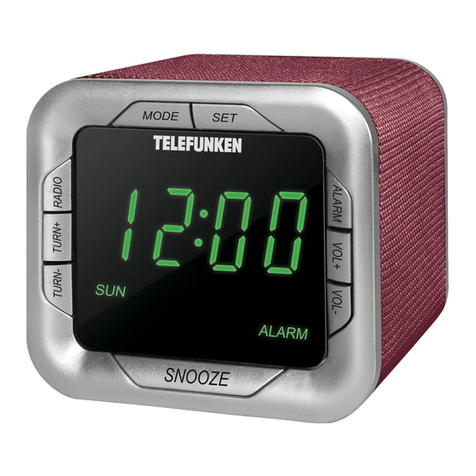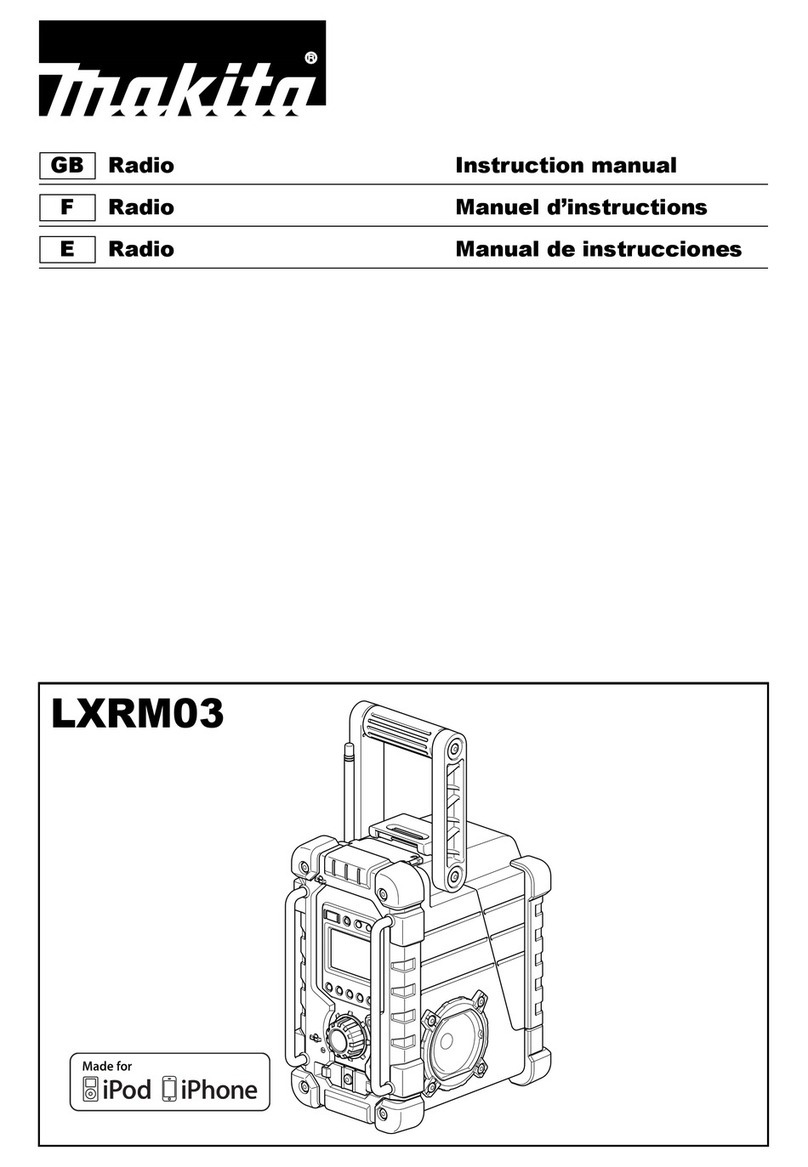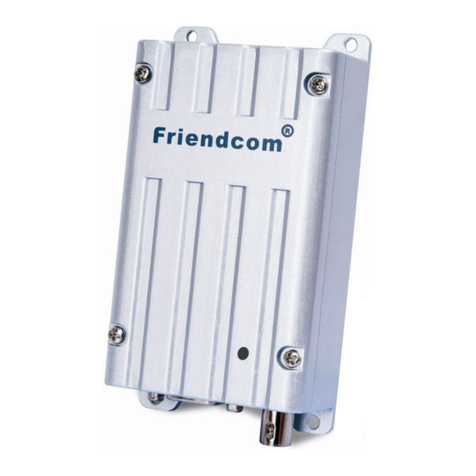INSTALLAZIONE
Ricercare e localizzare, sul mezzo mobile, la posizione per installare l’apparato, utilizzando la staffa
di supporto in dotazione o, eventualmente, un estraibile. Tale posizionamento deve essere fatto in
modo da non creare intralcio a chi guida, ma deve anche essere facilmente accessibile.
Praticare i fori (diametro di circa 3 mm) in una parte metallica per il ssaggio con le viti. Posizionare
l’apparato nella staffa di ssaggio. Controllare che le viti siano ben serrate, in considerazione delle
notevoli vibrazioni create dal mezzo mobile.
COLLEGAMENTO ELETTRICO
Prima di procedere in questa operazione, controllare che il ricetrasmettitore sia spento (posizione
OFF).
L’apparato è dotato di un cavetto d’alimentazione bicolore con un portafusibile inserito sul cavo
rosso (positivo). Nel collegamento, è molto importante rispettare la polarità anche se l’apparato è
protetto contro l’inversione accidentale.
Di norma si identica il polo positivo con il colore rosso o con il segno “+”, e il polo negativo con il
colore nero o con il segno “-”.
Gli stessi segni (o colori) identicativi li troveremo sulla batteria (accumulatore od altro) e nella
scatola dei fusibili dell’automobile. Si raccomanda di collegare in modo corretto e stabile i terminali
del cavetto alla batteria.
INSTALLAZIONE DELL’ANTENNA
Informazioni utili:
1. Installare l’antenna nella parte più alta del veicolo
2. Maggiore è la lunghezza dell’antenna e migliore sarà il suo rendimento
3. Se possibile, installare l’antenna al centro della supercie metallica scelta
4. Tenere il cavo dell’antenna lontano da fonti di disturbi elettrici
5. Assicurarsi di avere una buona massa
6. Evitare danni ai cavi
Attenzione: Non usare mai la radio CB senza aver installato un’antenna appropriata per non
correre il rischio di danneggiare il trasmettitore; per la stessa ragione controllare periodicamente il
ROS tramite l’apposito strumento.
ISTRUZIONI DI FUNZIONAMENTO MIDLAND 220
Dopo aver installato e cablato il vostro CB e la vostra antenna, seguire attentamente le seguenti
istruzioni per raggiungere un funzionamento soddisfacente del vostro apparato.
1. Avvitare la spina nella presa del microfono sul pannello e controllare il montaggio
2. Assicurarsi che l’antenna sia collegata al proprio connettore
3. Assicurarsi che il comando di squelch sia completamente ruotato verso sinistra
4. Accendere l’apparato e regolare il comando del volume per un buon livello sonoro
5. Selezionare il canale desiderato
6. Per trasmettere, premere il pulsante di trasmissione PTT sul microfono
7. Per ricevere, rilasciarlo
